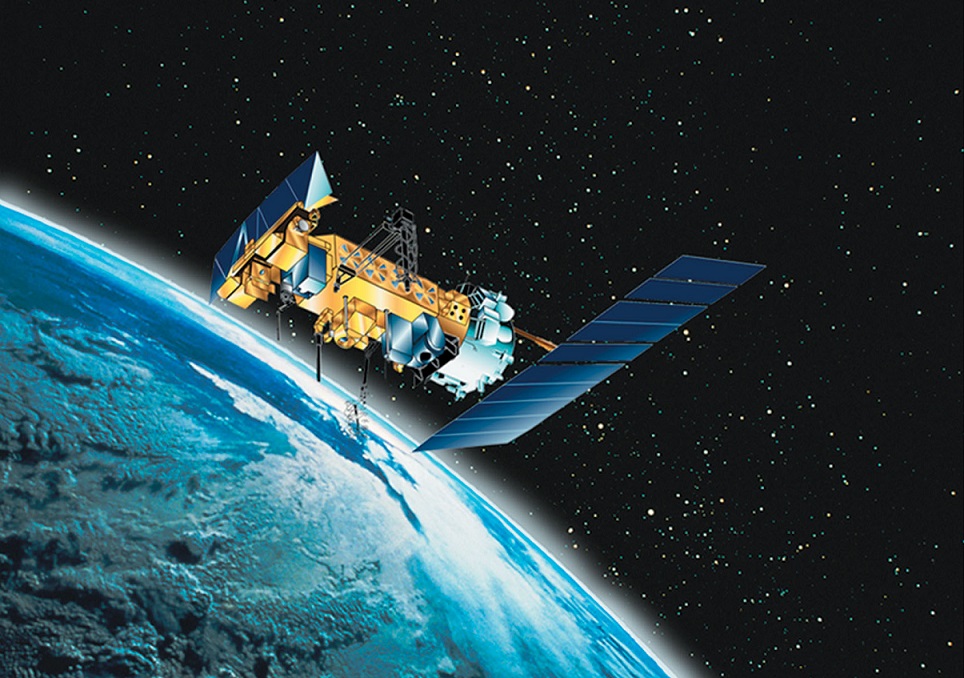This post is also available in:
 עברית (Hebrew)
עברית (Hebrew)
A wide array of activities can be carried out more quickly and comprehensively by using aerial and satellite images, from monitoring a national park, to surveying military activities. An artificial intelligence platform developed by startup Picterra allows anyone to extract crucial information from drone or satellite images – many of which are in the public domain – in a few clicks.
The startup, based at the Ecole Polytechnique Federale de Lausanne (EPFL), has developed a system that can locate and count user-selected elements and spatio-temporal changes after quickly learning which objects to recognize. The machine interactively and rapidly compares the object’s characteristics with the other elements of the image, or compares the basic image with other images of the location, in order to detect changes.
The company claims that although artificial intelligence has made huge strides in the fields of ‘natural’ language and text analysis, using AI specifically to analyze terrestrial imaging is almost virgin territory.
How does it work? Users simply upload their orthomosaic – i.e., aerial images stitched together to form just one large image – and has also access to several sources of satellite images corresponding to his area of interest. They can select a few options from a drop-down menu and then pinpoint some examples of the selected elements on the image. The process can then be enhanced through the addition of other images.
Potential applications include agriculture, defense, finance, shipping, government, university and research sectors.
The system’s advantage over platforms that allow users to compile and exploit aerial images is its simplicity, meaning everyone can use it for their own purposes.
At first, the system which offers 5-centimeter resolution was tested using several real situations, including monitoring illegal logging in several African, Asian and South-American countries, tracking vine stocks in a large vineyard and detecting trees that are dangerously close to high-voltage cables. The results served as a base to the development of a new, customizable system that anyone can use.
It can observe areas of up to 2,000 km2, which corresponds to the size of a satellite image.
The development benefits from the liberalization of the space sector. The arrival of many companies able to build, launch and operate at low-cost07 observation satellites has a direct impact on the cost of images, which has dropped while their spatial and temporal resolution has exploded, according to phys.org.
“In the next five years, high-resolution, real-time images of the Earth will be available. The market, within 10 years is estimated at several hundred billion dollars,” says the company.


























